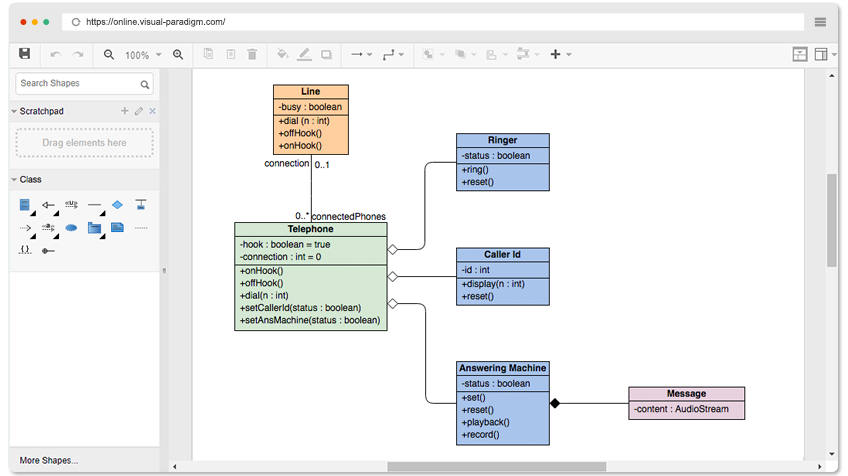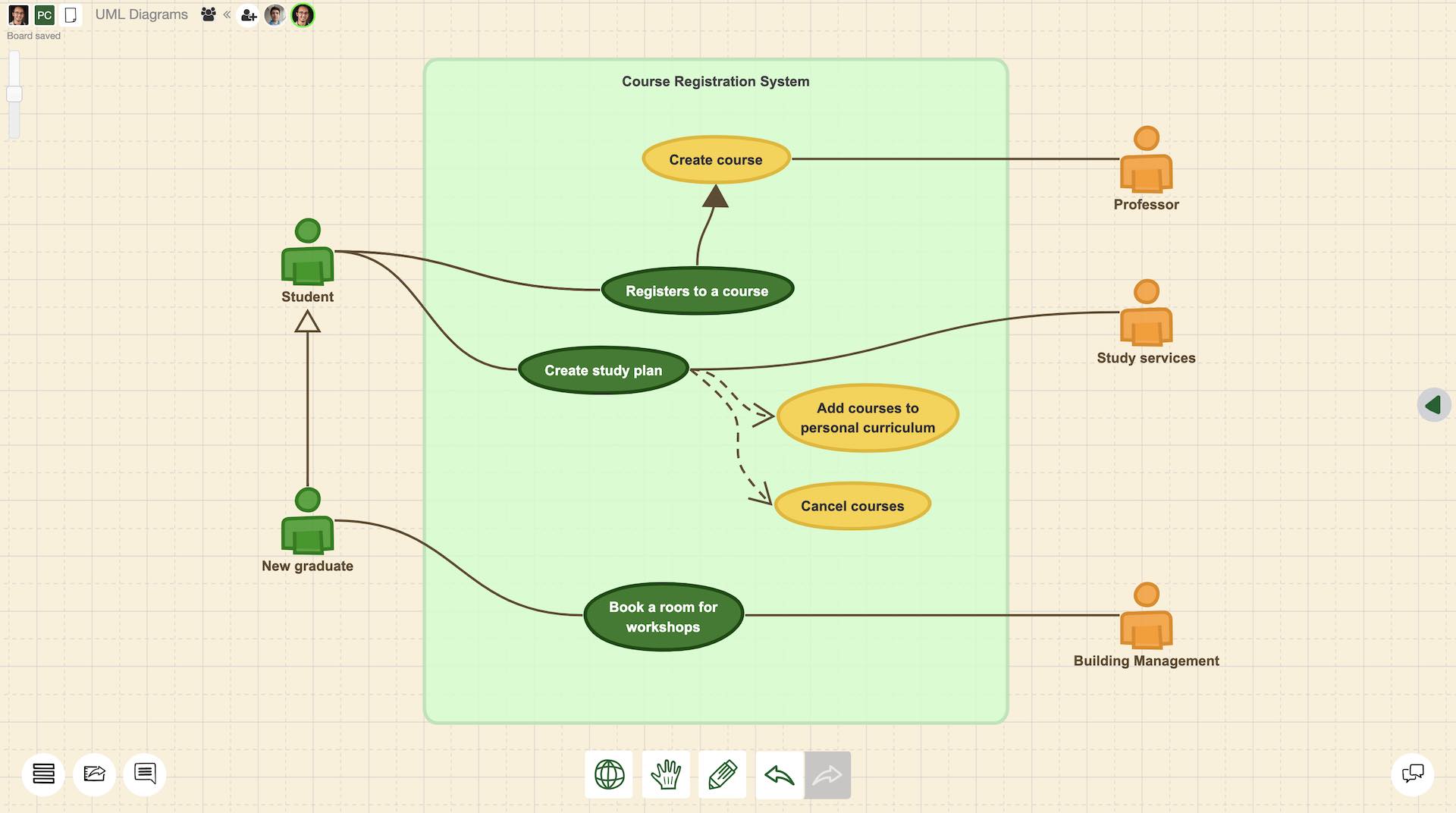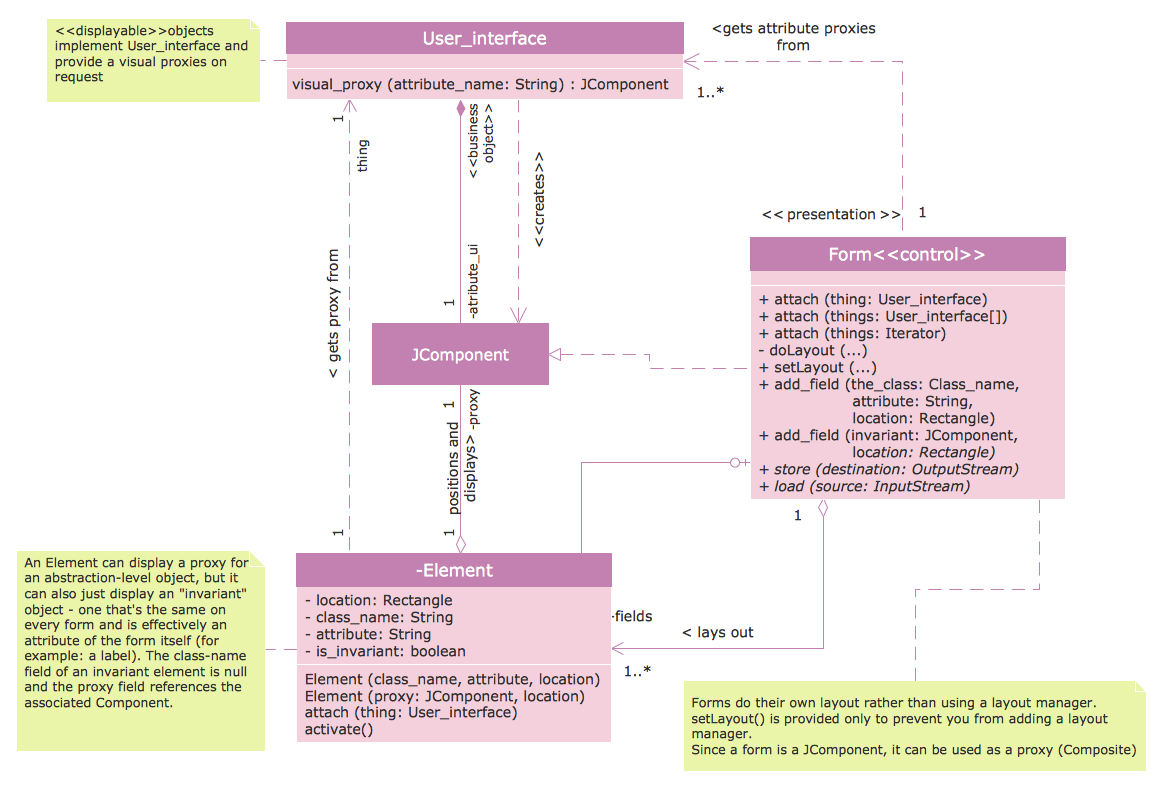

In this kind of relationship, the child model is based on the parent model. It is generally indicated by a solid line. There is usually a one-direction flow of data here. In a class, a strong life-cycle is represented by the composition relationship. Here, the part classifier lifetime is dependent on the whole classifier lifetime. It is a form of aggregation which represents the whole-part relationship. In aggregation, the classes nurture the ‘has a relationship. The integrity of the objects is protected, and the response of the assembled objects is decided by the control object. The interaction within the different groups of objects is defined by Aggregation. In this type of relationship, a more complex object is created by assembling different objects together. In Symmetric reflexive association, the semantics of each association end has no logical difference, whereas, in Asymmetric Reflexive Association, the associated class is the same, but there is a semantic difference between the ends of the association. The association of a class to itself is known as Reflexive association, which could be divided into Symmetric and Asymmetric type associations. The below example shows an arrowhead relationship between the container and the contained. An arrow indicates the direction of navigation. The relationship between two classifiers could be described by naming any association. The navigability is specified by one of the association ends. This is a one-directional relationship in a class diagram that ensures the flow of control from one to another classifier. Thus near the account class, a star sign is present. For example, a bank would have many accounts registered to it. It is one of the most misunderstood relationships which describes the number of instances allowed for a particular element by providing an inclusive non-negative integers interval.


The number of elements or cardinality could be defined by multiplicity. The below diagram shows an association between bank and account. Various operations, attributes, etc., are present in the association class. Additional information about the relationship could be obtained by attaching the association relationship with the association class. Associationīetween two other classes in an association relationship, an association class forms a part of it. Unfortunately, the similarity of various relationships often makes it difficult to understand them.īelow are the relationships which exist in a class diagram. In a class diagram, it is necessary that there exists a relationship between the classes. Web development, programming languages, Software testing & others Relationships Start Your Free Software Development Course


 0 kommentar(er)
0 kommentar(er)
